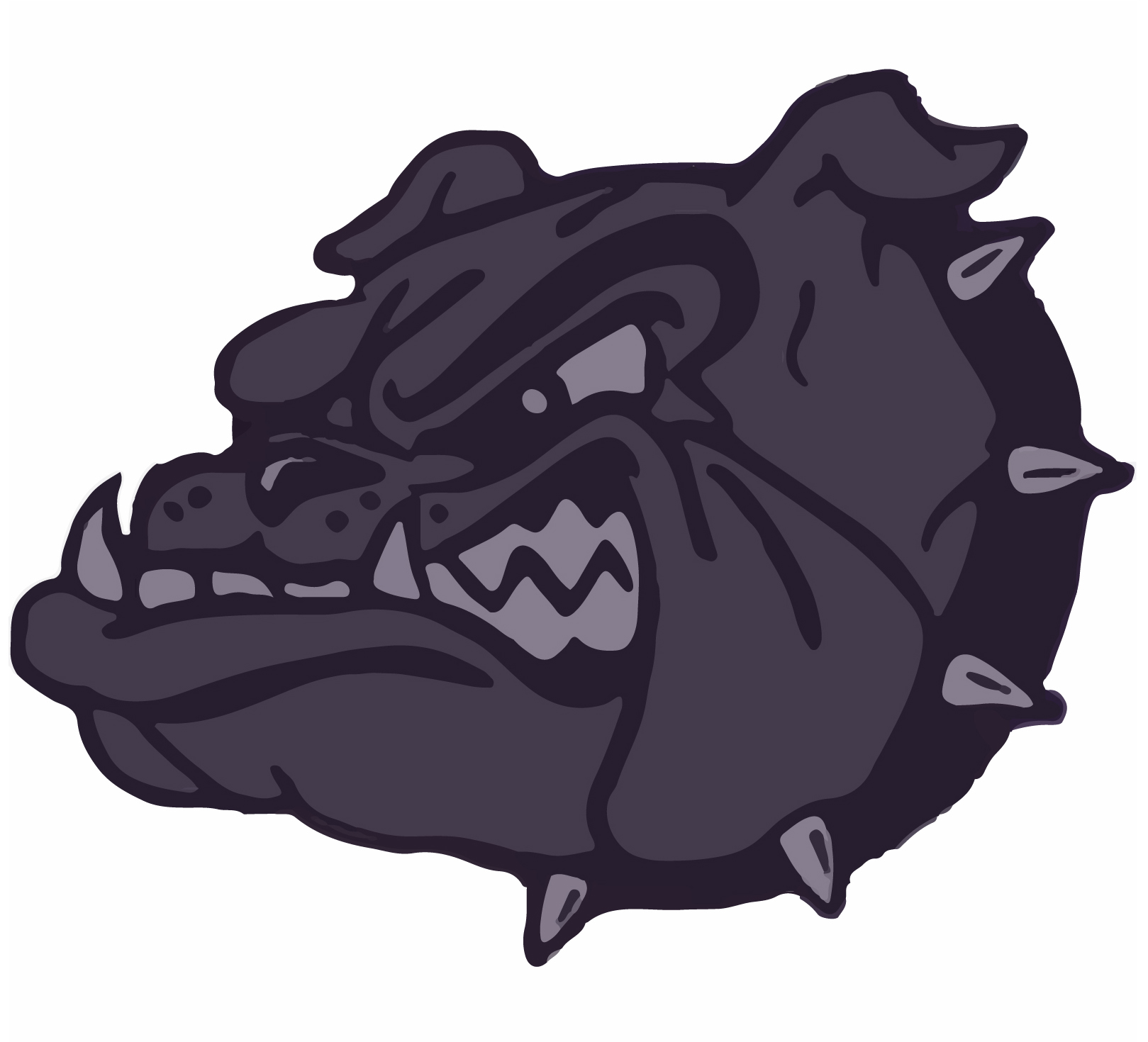

WEST COUNTY ELEMENTARY DISCIPLINE POLICY
PHILOSOPHY OF DISCIPLINE - One of the major aims of education is to prepare and equip students to live with others in order that they may be an asset to their school, community, and nation. To accomplish this, West County Elementary will endeavor to provide a school environment that gives each student opportunities to experience success, thus enhancing their sense of security, self-concept, and personal worth. Discipline is therefore, character education in that discipline uses standards and habits of conduct. Students grow in character as they become more aware of the consequence of their decisions. The administration of this school believes that Elementary School students are growing towards exhibiting themselves in accordance with accepted standards of behavior.
For the purpose of this document, discipline shall be defined as: The POSITIVE action taken by a supervising adult directed toward the correction of unacceptable actions/behaviors on the part of the student. It should be noted that actions directed toward preventative measures are far more effective as deterrents to behavior problems than reactive measures.
The fundamental objectives of any discipline administered at West County Elementary School are:
Therefore, students are expected, at all times, to keep in mind that their conduct should not interfere with that of others, but, that it should be a good example for them.
Professional judgment will be used by administrators to determine the processing of specific incidents. Most types of school discipline issues are listed in this document. However, it is impossible to list every problem which might interfere with the smooth operations of the school.
Administrators have the responsibility and authority to deal with all issues even though the specific problems might not be listed in the guide. Parents will usually receive written notice of the disciplinary actions. The district reserves the right to contact police and file a report whenever it is deemed appropriate. Note: All requirements and procedures will be followed for students who have Individual Educational Plans (IEP) under IDEA and 504.
The discipline policies apply at all times while students are on school premises, on school transportation, or at any activity under the supervision of the school, even though the activity may be at another location such as a school trip.
All school personnel have the responsibility to instruct, guide, and supervise students during school and school-sponsored activities with the objectives of promoting learning experiences and responding effectively to unacceptable student behavior.
LEVEL I:
These are inappropriate behaviors that disrupt the school environment or distract from the educational experience of others. These behaviors require intervention by school personnel to maintain a safe and orderly learning environment.
Misbehavior Examples:
DISCIPLINARY RESPONSE PROCEDURES OF INAPPROPRIATE STUDENT BEHAVIOR:
RESPONSE OPTIONS: (Not necessarily in order of administration)
LEVEL II
Acts directed against persons or property but whose consequences do not seriously endanger the health or safety of others in the school.
The acts might be considered criminal but most frequently can be handled by the disciplinary mechanism in the school. Corrective measures which the school should undertake, however, depend on the extent of the school’s resources for remediating the situation in the best interests of all students. Consideration will be given to the seriousness of the inappropriate behavior, the intensity and duration of the inappropriate behavior, and the frequency of referrals for this or similar inappropriate behavior. The administrator may use any of the consequences in the appropriate order or combination taking into the consideration the child’s age, grade, and other extenuating circumstances.
Misbehavior Examples:
DISCIPLINARY RESPONSE PROCEDURES:
RESPONSE OPTIONS: (not necessarily in order of administration)
LEVEL III
Acts which result in violence to another person or property, or which pose a direct threat to the safety of others in the school.
These acts are clearly criminal and are so serious that they always require administrative actions which result in the immediate removal of the student from the school, the intervention of law enforcement authorities and action by the Board of Education.
Examples:
DISCIPLINARY RESPONSE PROCEDURES:
RESPONSE OPTIONS:
Please be aware that positive reward and reinforcement is given for GOOD Behavior. The staff at the Elementary school believe that is important to acknowledge positive behaviors; but we are realistic and know that misbehaviors will and do occur. Our handling of all behavior is consistent and objective. The action of the student is rewarded or punished, NOT the child.
Our overall goal is to promote self-control, responsibility, and respect for others and themselves.